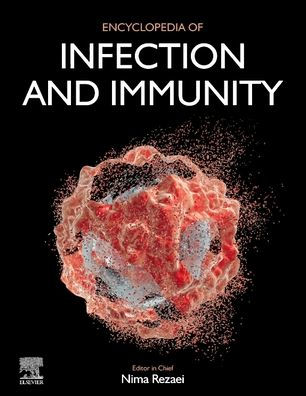More than 100 years after Robert Koch and Louis Pasteur established the microbial etiology of communicable diseases, the field of microbiology is experiencing a second period of rapid growth and expansion, driven by the realization that changes in host-associated microbial communities might be at the root of a broad spectrum of noncommunicable human diseases. These advances follow on the heels of recent progress in high-throughput sequencing technology, which has provided a wealth of information on the human microbiome and its physiological potential.
More than 100 years after Robert Koch and Louis Pasteur established the microbial etiology of communicable diseases, the field of microbiology is experiencing a second period of rapid growth and expansion, driven by the realization that changes in host-associated microbial communities might be at the root of a broad spectrum of noncommunicable human diseases. These advances follow on the heels of recent progress in high-throughput sequencing technology, which has provided a wealth of information on the human microbiome and its physiological potential.

Encyclopedia of Infection and Immunity
3428
Encyclopedia of Infection and Immunity
3428Hardcover

Product Details
| ISBN-13: | 9780128187319 |
|---|---|
| Publisher: | Elsevier Science |
| Publication date: | 04/22/2022 |
| Pages: | 3428 |
| Product dimensions: | 8.50(w) x 10.88(h) x 0.00(d) |
